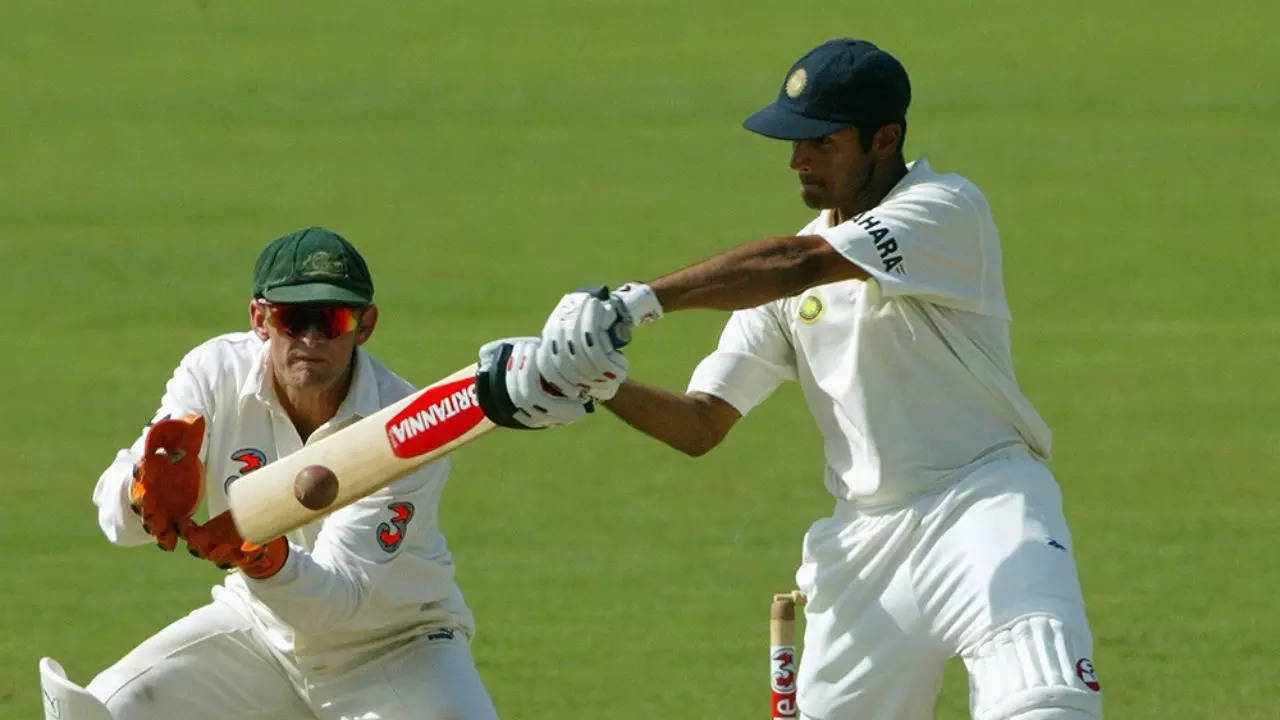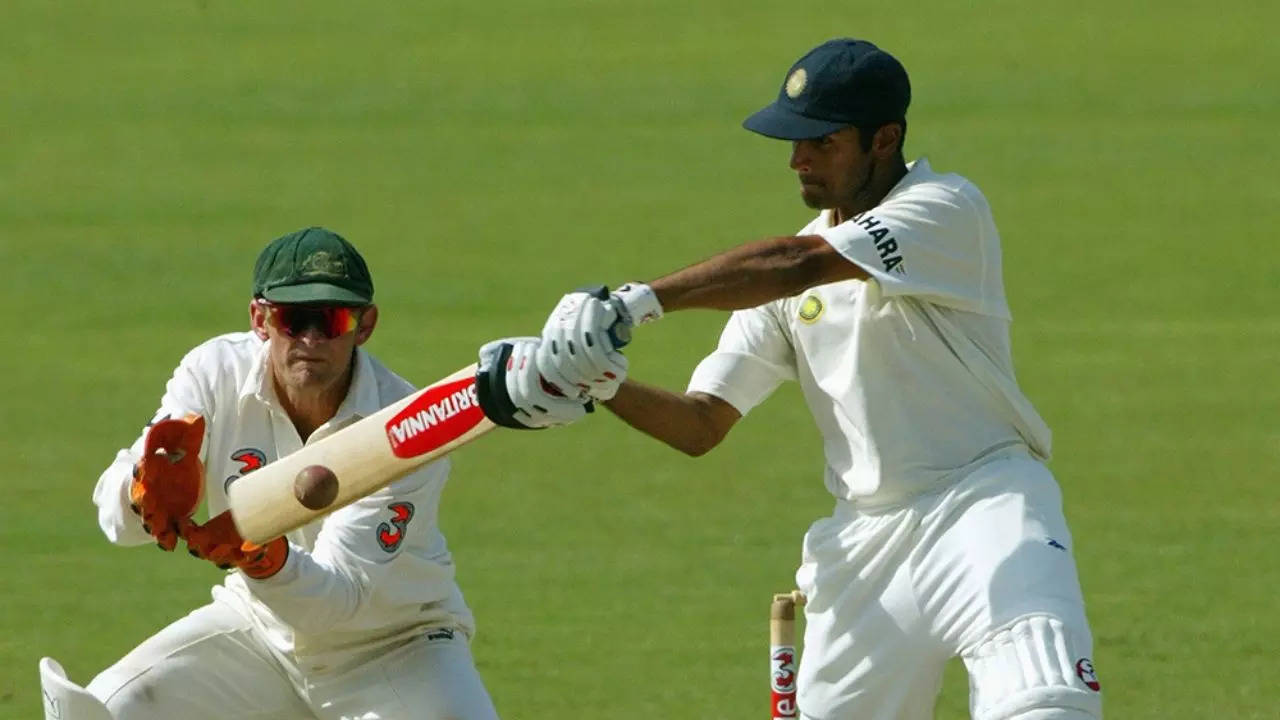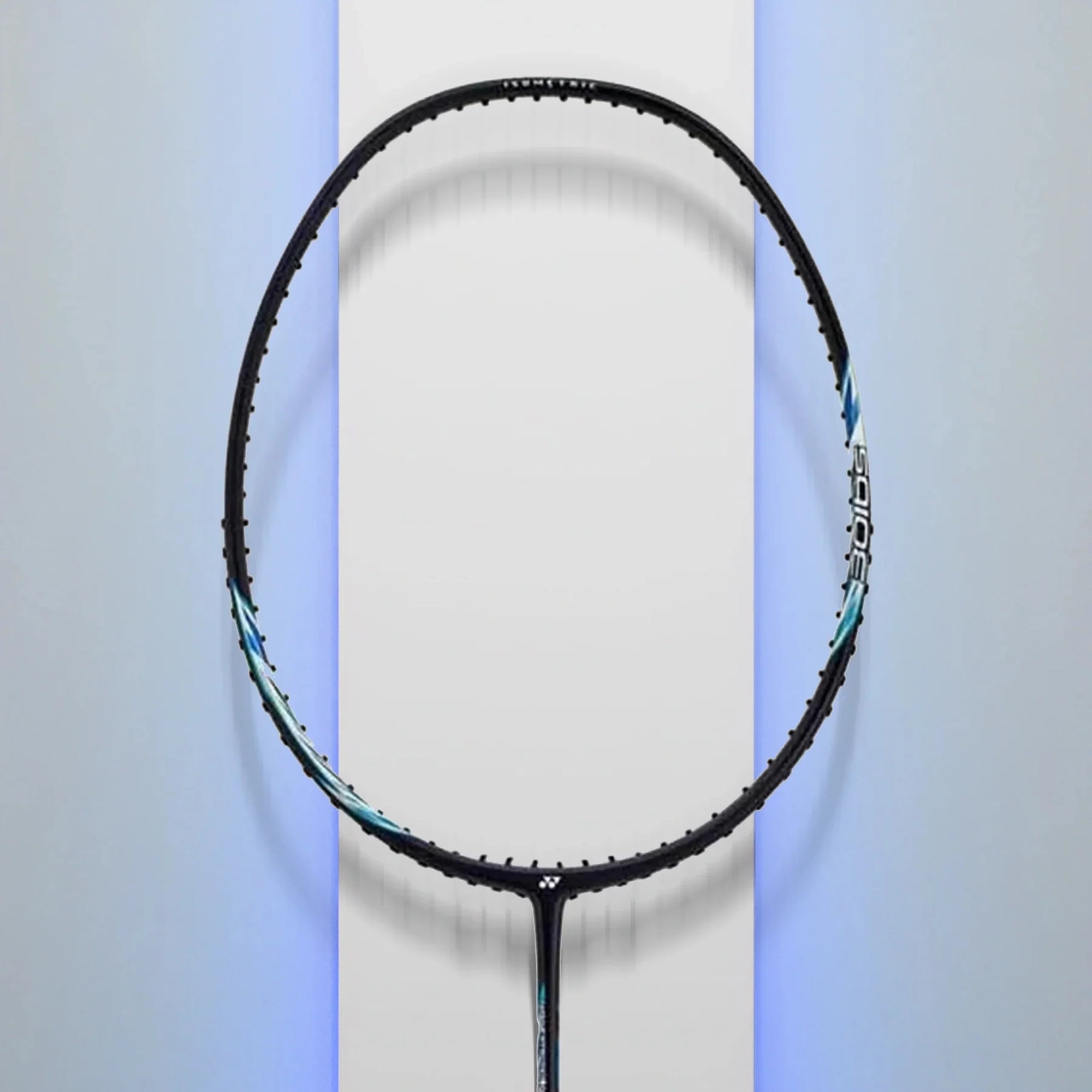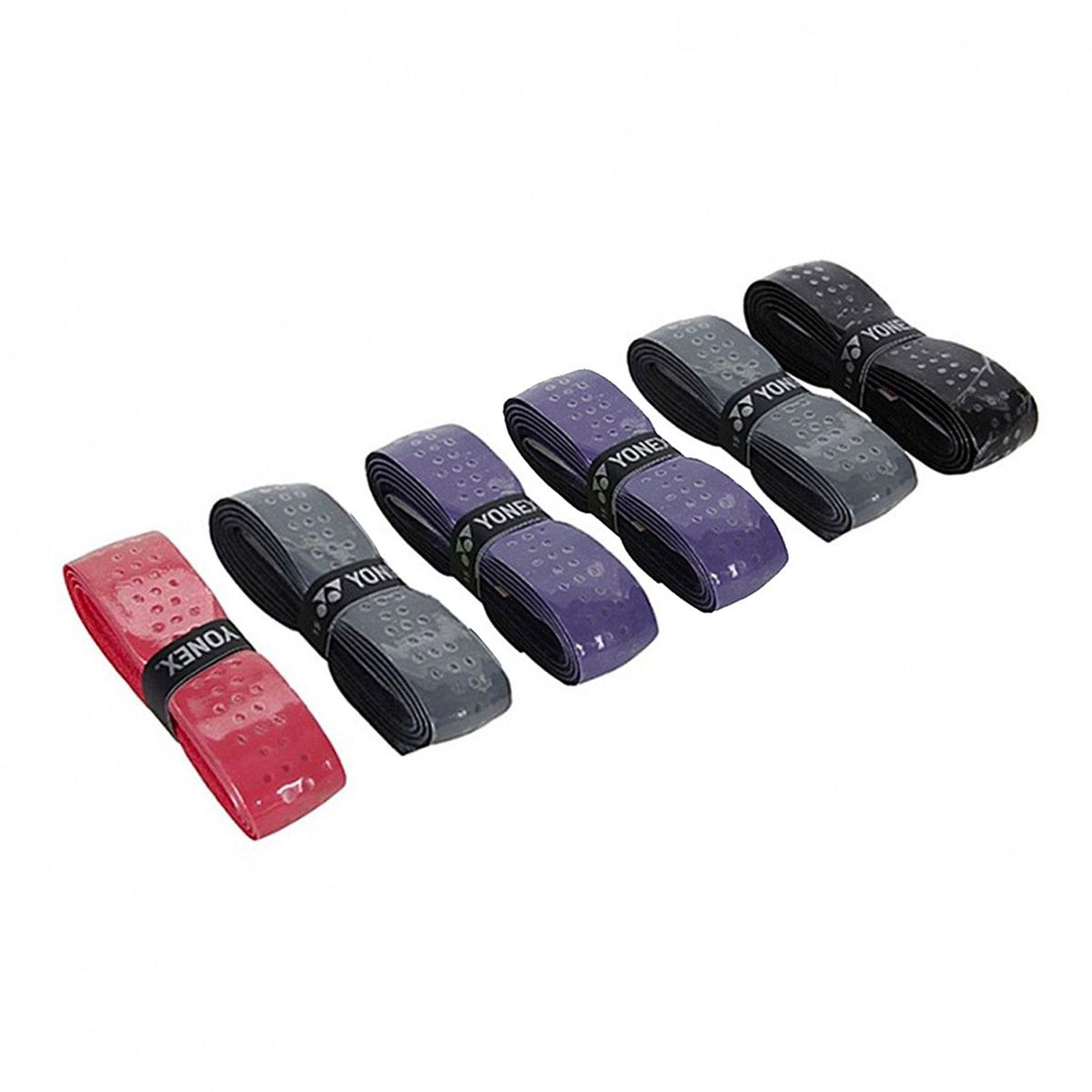
The Border-Gavaskar Trophy, a highly anticipated Test series between India and Australia, is set to commence on November 22 in Perth. India, led by Rohit Sharma, aims to make a strong start, while Australia will seek to capitalize on their home advantage. The second Test, a day-night pink-ball match, will be held from December 6 to 10 at Adelaide Oval, presenting a unique challenge for both teams.
Adelaide Oval's Test pitch is renowned for its reliable batting surface. Initially, it offers a firm and true surface with well-rolled grass, ideal for batsmen. Teams often prefer to bat first, as the conditions favor batsmen in the early days of the match. However, as the pitch deteriorates, spin bowlers gain an advantage due to widening footmarks and unpredictable bounce, making batting in the final innings difficult unless the target is low.
The ground's oval shape makes straight sixes harder to hit, while shots square of the wicket are easier. Since 2000, India has played six Test matches at Adelaide Oval against Australia, with Australia winning three, India two, and one match ending in a draw.
India's Test matches at Adelaide Oval have been marked by unforgettable moments. In 2003, Rahul Dravid scripted one of India's most iconic wins on Australian soil. Despite Ricky Ponting's powerful double century in the first innings, Dravid's equally dominant 233-run knock countered Australia's efforts. In a tense chase of 233 in the fourth innings, when batting became challenging, Ponting couldn't even open his account, but Dravid stood tall with a gritty 72*, leading India to a historic win.
In 2008, both teams showcased their batting prowess, crossing 500 runs in their respective first innings. Australia saw centuries from Matthew Hayden, Ponting, and Michael Clarke, but India was kept alive by Sachin Tendulkar's 153. Despite a middle-order collapse, Anil Kumble and Harbhajan Singh chipped in with crucial scores of 87 and 63. In the second innings, Virender Sehwag's 151 on a tough pitch was vital, as the next high scorer for India was MS Dhoni with 20 runs. The match ended in a draw, with no team able to force a result on Day 5.
The third encounter, in 2012, was less memorable for India. The batting line up included Gautam Gambhir, Sehwag, Dravid, Tendulkar, VVS Laxman, and a young Virat Kohli, who was still finding his place in the team. India lost the match by 298 runs, marking one of their most forgettable encounters. Ponting and Clarke both scored double centuries, helping Australia surpass 600 runs. Kohli’s century in the first innings saved India from the follow-on, but in the second innings, Australia set a target of 500 runs. Sehwag’s 62 was the highest score as India were bowled out for 201.
In 2014, a new generation of Indian cricketers, including Shikhar Dhawan, Cheteshwar Pujara, Rohit Sharma, and Ajinkya Rahane, was led by Virat Kohli, making his debut as Test captain. Kohli announced himself in style, scoring a century in both innings. Australia, powered by centuries from David Warner, Michael Clarke, and Steve Smith, declared at 517. The young Indian batting line up responded with 444, showing resilience. In Australia's second innings, Warner struck another century, and they set India a challenging target of 364. Murali Vijay and Kohli led the chase, with Vijay getting out on 99 and Kohli making 141. However, Nathan Lyon’s seven-wicket haul spun India out, and Australia won by 48 runs.
The 2018 Test marked a significant shift. For the first time in their Adelaide encounters, neither India nor Australia crossed 500 in their innings. Virat Kohli’s team, with a potent pace attack featuring Jasprit Bumrah, Mohammed Shami, and the experienced Ishant Sharma, dominated. Cheteshwar Pujara stood tall with 121 in the first innings and a crucial 71 in the second. Australia, without Warner and Smith due to the ball-tampering scandal, struggled. India set a target of 323 for Australia, who fell short by 31 runs. India went on to win the series and become the first Asian team to win a Test series in Australia.
The 2020 Test during the COVID-19 pandemic was a day-night affair with the pink ball, known for assisting swing. India posted 244 in their first innings, with Kohli scoring 74 before a crucial run-out, which some argue sparked his lean patch. Despite R. Ashwin’s 4-wicket haul, which helped bowl Australia out for 191, the match turned into a nightmare for India in their second innings. India was skittled for a shocking 36, their lowest-ever Test score, as Josh Hazlewood and Pat Cummins tore through the batting. Australia chased the target of 90 comfortably, winning by 8 wickets.
Among active players from the visiting nation, Virat Kohli tops the list of leading run-scorers with 509 runs in 8 innings, including 3 centuries and 1 half-century. India has displayed exceptional performances at Adelaide Oval throughout the years, notwithstanding some challenging defeats. Since 2000, India has emerged victorious in two out of six Test matches, with the triumphs in 2003 and 2018 being particularly unforgettable. These encounters highlighted India's tenacity, especially with outstanding contributions from Sachin Tendulkar, Rahul Dravid, Virender Sehwag, Virat Kohli, and Cheteshwar Pujara.
Even in losses, India has demonstrated unwavering determination, as evidenced by the closely contested match in 2014. The pitch conditions at Adelaide Oval tend to favor India's adept batsmen and spinners, particularly in the later stages of the game, providing them with a competitive advantage. Considering their impressive track record and the indelible victories, it is reasonable to assert that Adelaide Oval could be regarded as India's home ground on Australian soil.
Tags: #BorderGavaskarTrophy, #IndiaVsAustralia, #AdelaideOval, #TestCricket, #CricketHistory
Read more




































































































































Share:
Khawaja Praises Ashwin's Strategic Brilliance Ahead of Border-Gavaskar Clash
Travis Head: India a Formidable Challenge, but Australia Not Favorites